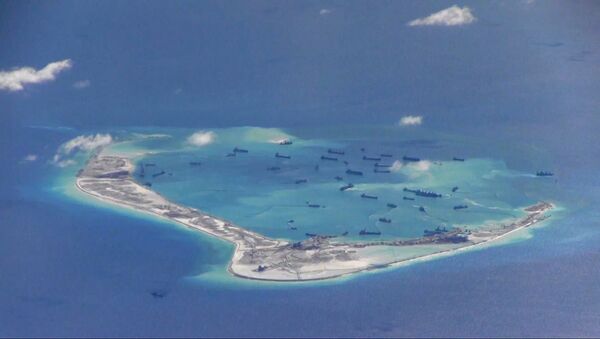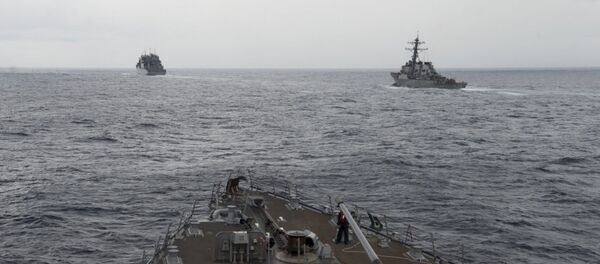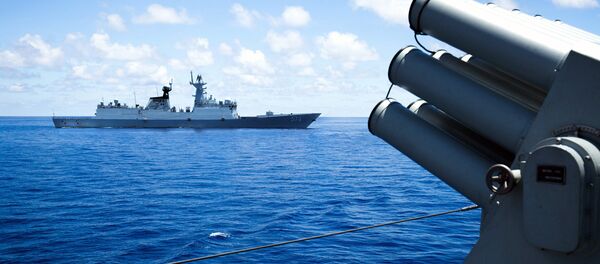The new top US diplomat also called China's activity in the waters "extremely worrisome."
Meanwhile, Secretary of Defense James Mattis has declared that the United States sees no reason to launch any kind of large-scale military move in the South China Sea due to the current level of Chinese activity in the region.
"At this time, we do not see any need for dramatic military moves at all," Mattis said during a press conference held after the meeting with his Japanese counterpart, Defense Minister Tomomi Inada, during his first overseas trip as a new appointee.
Commenting on the vast difference in the remarks of the new appointees, Tao Wenzhao, a Researcher from the Institute of American Studies at the Chinese Academy of Social Sciences, told Sputnik that usually when there is a change of government in a county, the official position of the state towards a certain issue or dispute is formed only after the full Cabinet is formed.
Tillerson, he said, is a former businessman and not a diplomat; hence it is quite difficult to say how deeply he understands the problems of the South China Sea. His reaction, however, was quite sharp and the difference with Mattis's remarks becomes only more vivid.
The social scientist also added that if the Trump Administration continues pursuing the so-called "freedom of navigation" argument in the South China Sea, at times to within 12 miles of the islands, it will only mirror the position of the previous administration and won't bother China that much.
The issue in question addressed by the two appointees involves the ownership of Spratly Islands – a group of islands and associated maritime features in the South China Sea that may be rich in oil and natural gas deposits. China lays claim to the area within the so called nine-dash line, which overlaps the exclusive economic zone claims of Brunei, Indonesia, Malaysia, the Philippines, Taiwan, and Vietnam.
On July 2016, following a unilateral appeal by the Philippines in 2013, an arbitrary tribunal constituted under Annex VII of the United Nations Convention on the Law of the Sea ruled against China’s claims in the region. However, Beijing does not recognize the tribunal or the ruling, which is also not enforceable.
Never miss a story again — sign up to our Telegram channel and we'll keep you up to speed!





